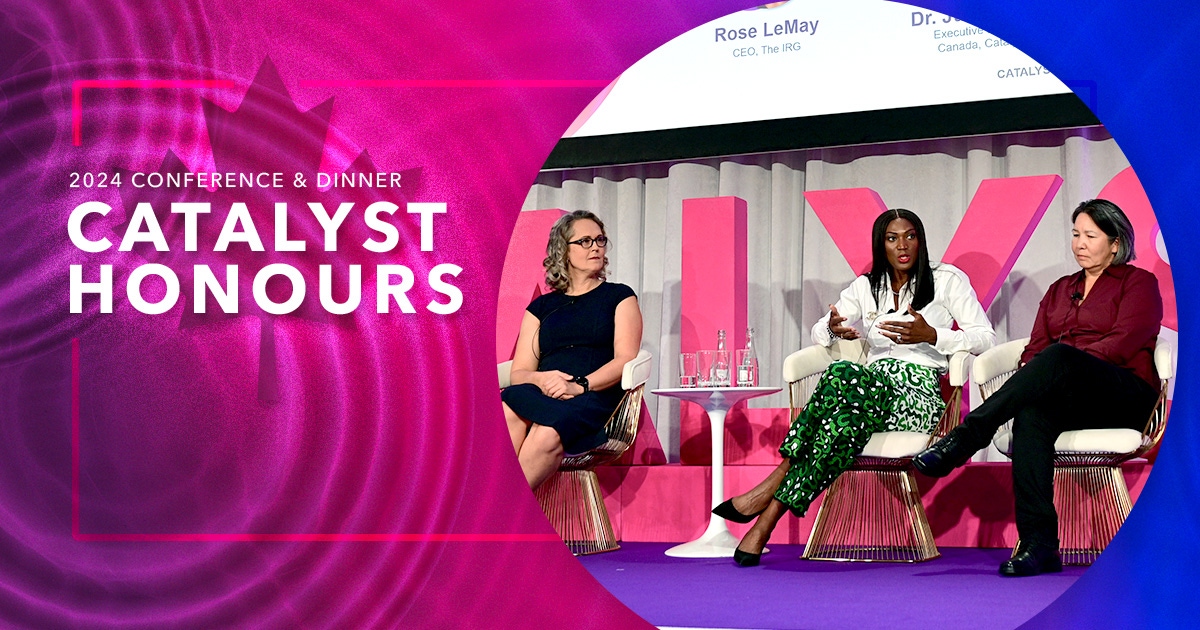Build health equity for a thriving workforce

Fostering health equity in the workplace isn’t just a box to check—it’s a commitment to understanding and meeting the individual needs of a diverse workforce. As the future of work evolves, organizations are faced with the crucial responsibility of addressing the health and wellbeing of their employees in ways that are both equitable and inclusive. Multinational companies face more complex challenges.
There’s an immense burden placed on HR and DEI professionals when it comes to achieving health equity. The intersectionality of concerns like mental health, menopause, neurodiversity, and trans healthcare demand that teams go beyond surface-level inclusion.
In today’s competitive market, workers are increasingly seeking organizations that prioritize their health. Benefits packages can be a deciding factor in attracting and retaining top talent. This underscores the importance of getting health equity right—not just as a matter of fairness, but as a crucial retention strategy.
At the 2024 Catalyst Honours conference, panelists discussed the complexities of health equity in the session "Health Equity: An Intersectional Approach to Wellbeing and Work.”
Align benefits with employees’ needs
Benefits packages should be comprehensive and also strategic. Harriet Ekperigin, Vice President of Mental Health, GreenShield said that the benefits companies offer must match the diverse needs of their workforces. “You have to ensure that all of your people’s needs are being met,” she said. This includes understanding mental health concerns, generational differences, and the unique challenges faced by marginalized communities.
Marni Panas, Director of Diversity, Equity, and Inclusion, ATCO echoed this sentiment and urged organizations to create benefits plans that reflect the diversity of their teams. "I want to be seen in my benefits plan without having to ask for it," she noted. Panas also emphasized the importance of not requiring employees to justify their needs.
Approach benefits choices with cultural competency
Rose LeMay, CEO, The IRG brought an essential perspective on how cultural differences shape our understanding of health and wellness. For example, health and safety are deeply tied to cultural systems and knowledge in Indigenous communities. LeMay highlighted that Western and Indigenous understandings of health aren’t mutually exclusive but coexist in ways that are equally valid. “Both are right,” she said, calling for workplaces to recognize and integrate different cultural viewpoints.
Take action
-
Review benefits plans:
Review benefits packages holistically. Ensure that the coverage offered meets the varied needs of employees without them having to request it. This can include mental health services, support for neurodivergent employees, and trans-inclusive healthcare.
-
Ask employees what they need:
Directly ask employees, “What does health and wellbeing mean to you?” This feedback can guide HR teams in tailoring support systems.
-
Engage with compassion:
HR teams should foster continuous dialogue around employees’ needs and approach discussions with grace, openness, and a genuine desire to learn. It’s critical to consciously avoid an “us vs. them” mentality.
Want to know about next year’s Catalyst Honours? Sign up now and we’ll email you when registration opens.